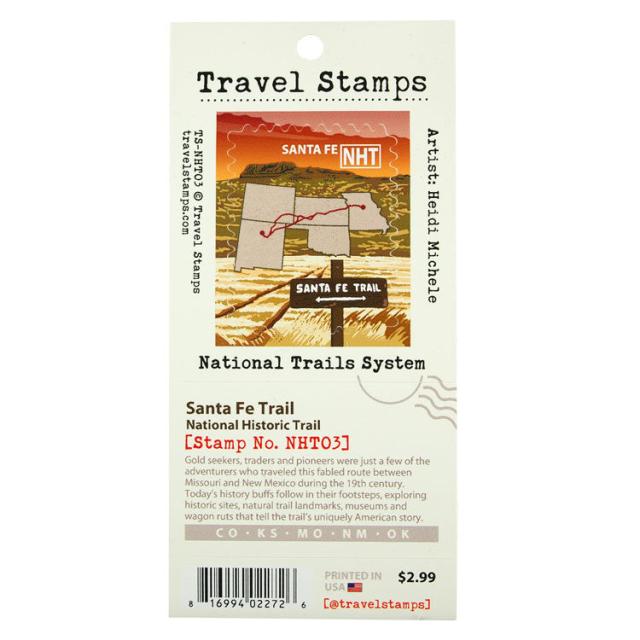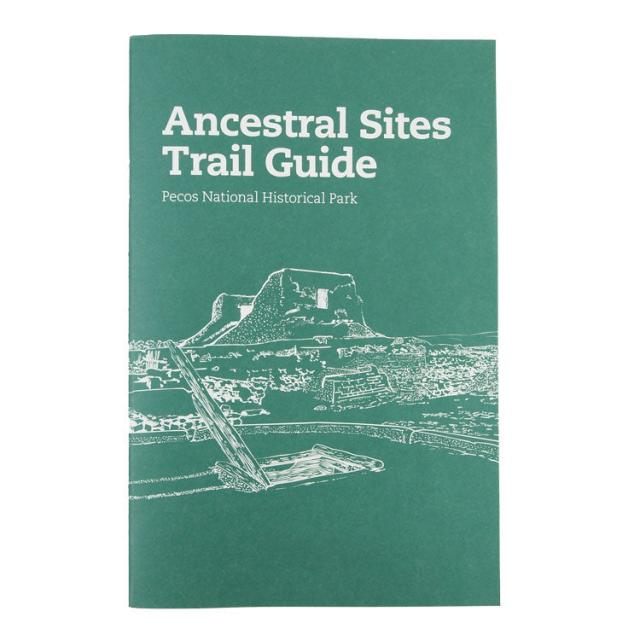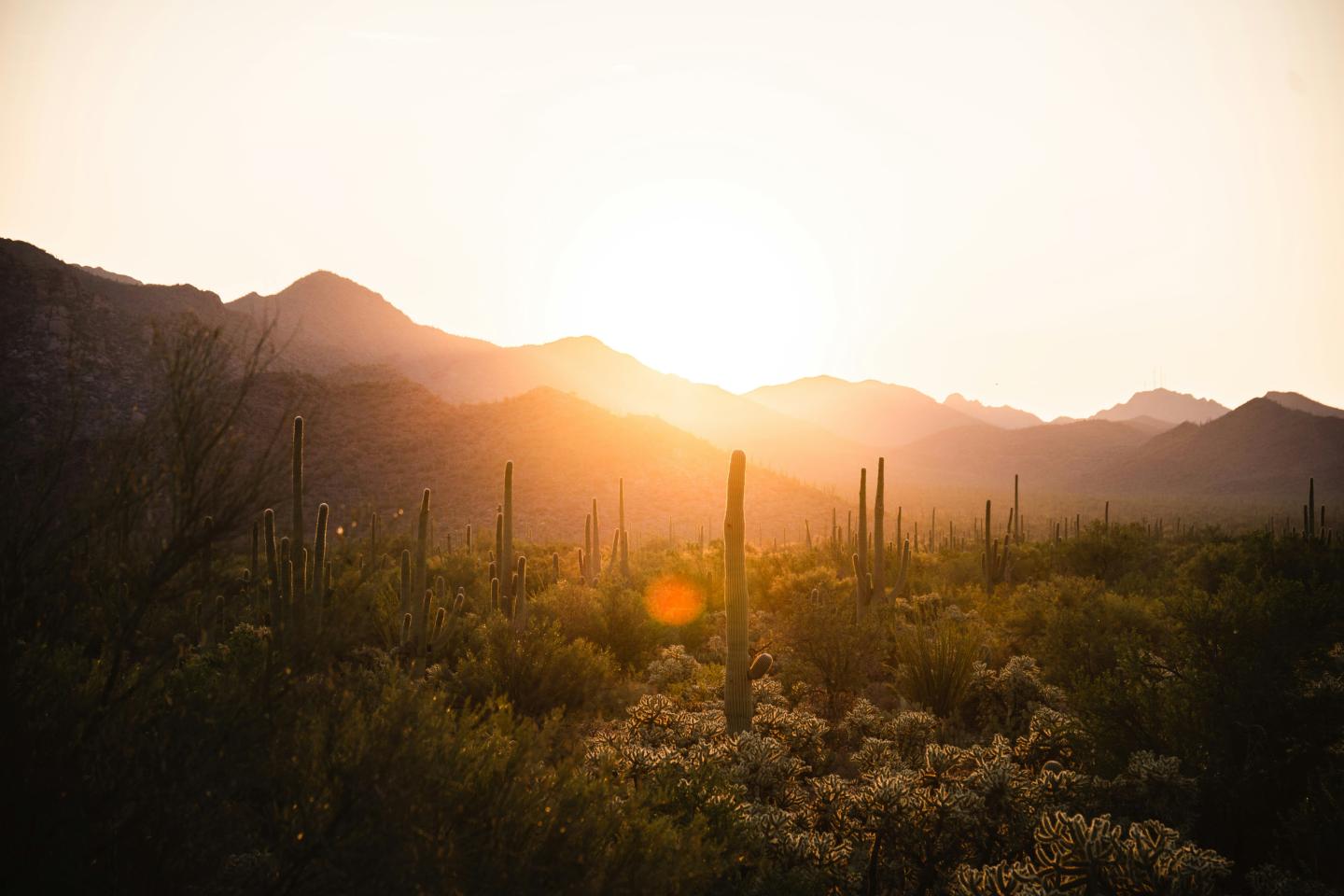
Plan Your Trip along Santa Fe National Historic Trail
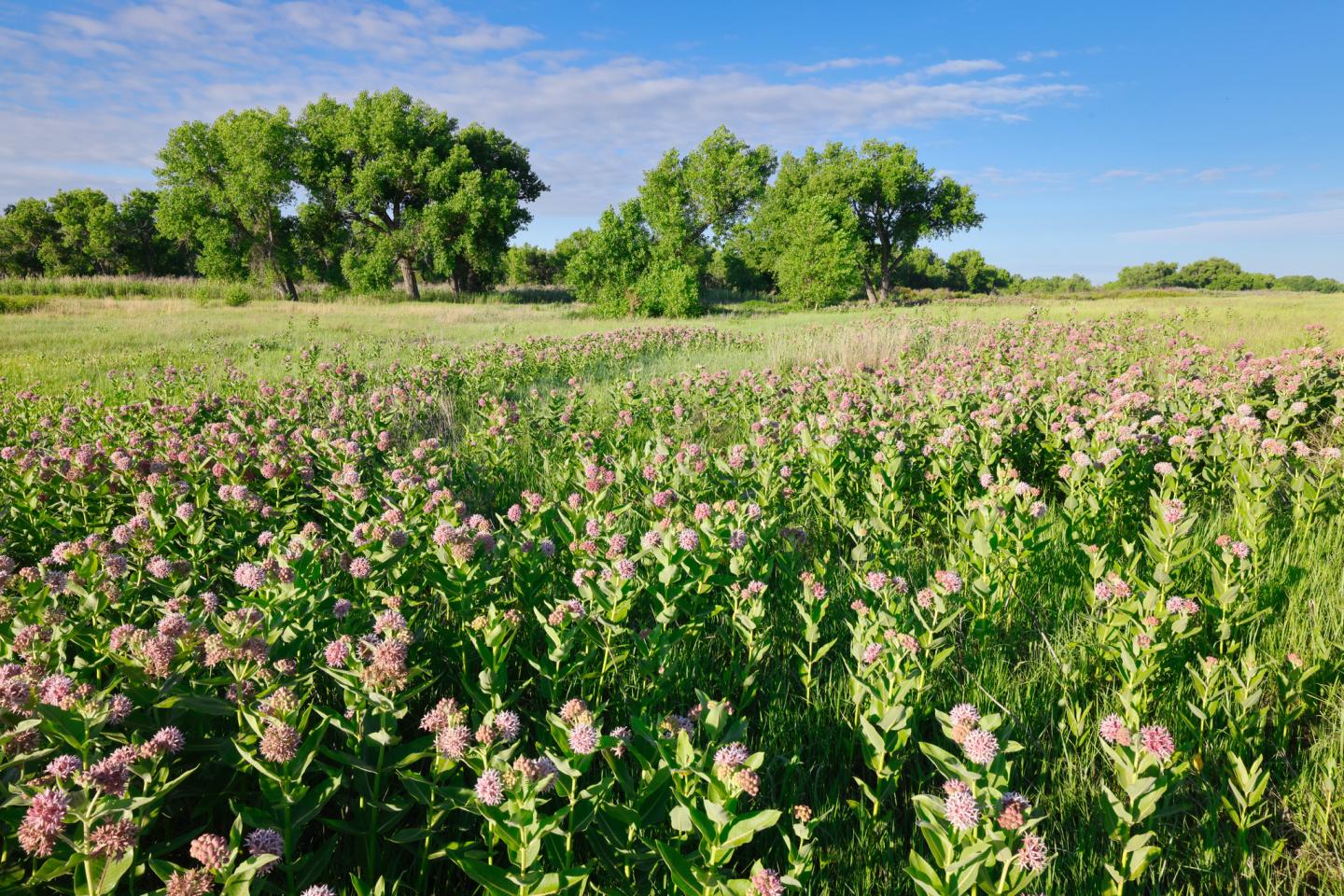
Hit the trail where travelers journeyed more than a thousand years ago between Missouri and New Mexico. From prairie crossings to mountain passes, the Santa Fe National Historic Trail weaves through five states, offering you a chance to walk, drive, bike, or horseback ride sections of this 1,200‑mile route steeped in history.
Santa Fe National Historic Trail crosses five US states and through the homelands of many Indigenous peoples. Many places along the trail are culturally significant and remain important to the peoples who have stewarded these lands for generations. Please visit with respect for the complex histories and stories of these beautiful landscapes.
Read on to find out why you should plan a trip along this historic trail, plus get a few tips for planning where to start, where to stop, and what to see along the way.
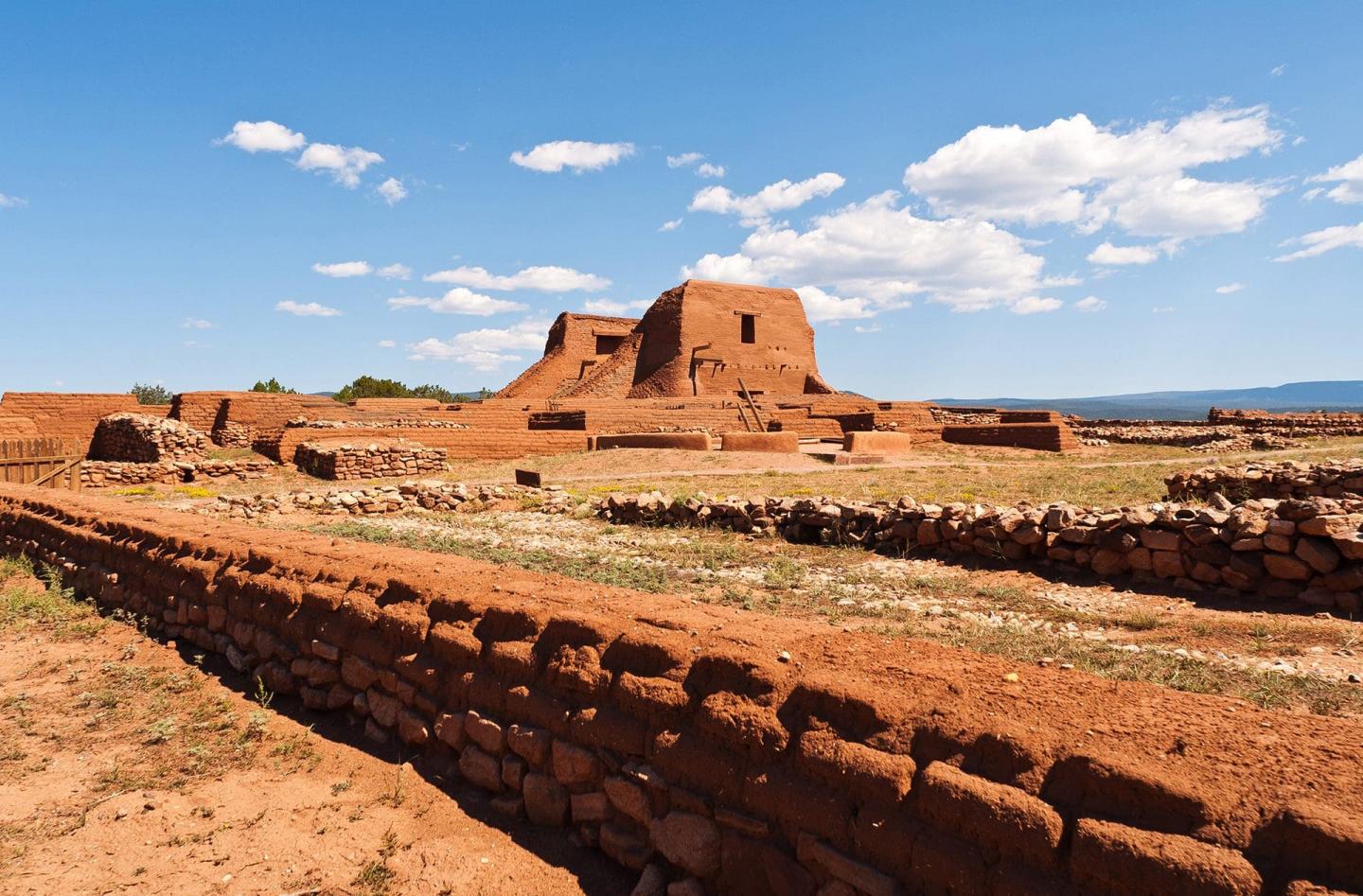
Why you’ll love it
A five-state adventure with many experiences.
Covering Missouri, Kansas, Colorado, Oklahoma, and New Mexico, the trail spans forests, prairies, and mountain passes. Find an entry point near home or travel to a farther entry point, adventuring your way back home. From a variety of hikes to historic sites, parks, and museums, this unique trail experience will connect you to the many stories of the nation, many of them lesser known, as you experience the outdoors. Along the trail, learn about Indigenous perspectives, early Spanish/New Mexican towns, and trading posts that shaped regional identities.
Photos from the parks
Tag @WesternNationalParks to have your trip featured
Where to start your journey
Five states. Nine hundred miles. Here are a few places you can start.
-
Santa Fe, New Mexico: The trail’s terminus. Wander the Plaza, the Barrio de Analco, and explore centuries of layered architecture. From Santa Fe, you can explore many other nearby national park sites including Bandelier National Monument.
- Council Grove, Kansas: Located an hour from Topeka, Council Grove is home to preserved trail ruts, Last Chance Store, and the Kaw Mission—your last stop before the prairie.
-
Trinidad, Colorado: Gateway to the Mountain Branch, near Bent’s Old Fort—an authentic adobe trading post
- Raton, New Mexico: Located near the border of Colorado and New Mexico, Raton is the gateway to several fascinating and beautiful national park sites, including Capulin Volcano National Monument. It's also nearby the trail and would make an excellent stop on a trek from New Mexico into Colorado.
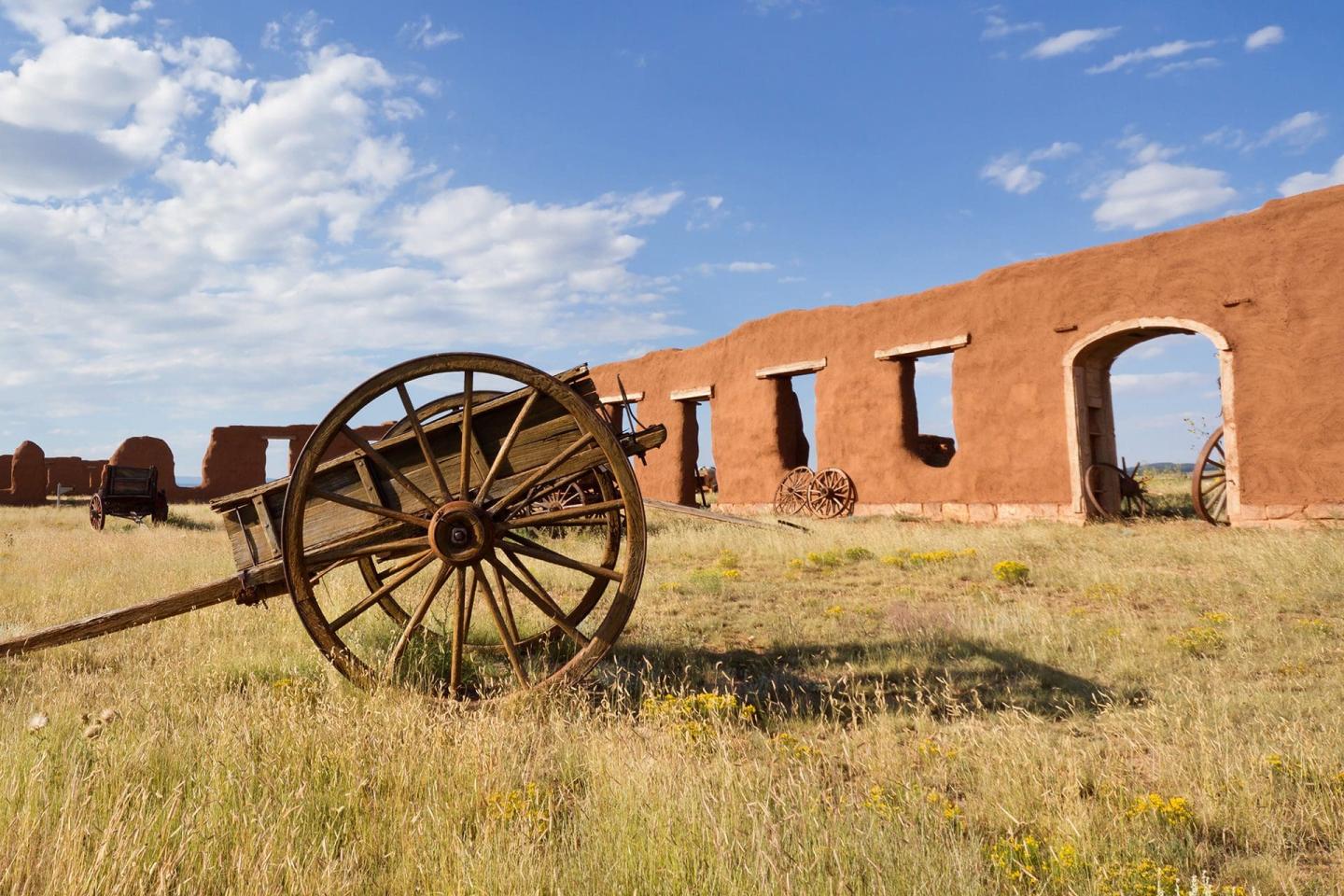
A part of history
The history of the Santa Fe National Historic Trail dates back long before Europeans set foot on the continent.
Before the exploration of Francisco Vázquez de Coronado, Indigenous peoples established trade and travel routes that later became part of the trail. The descendants of the trail's original travelers would find themselves fighting for their way of life as they were caught between the conflicting interests of the United States, Spain, and, later, Mexico.
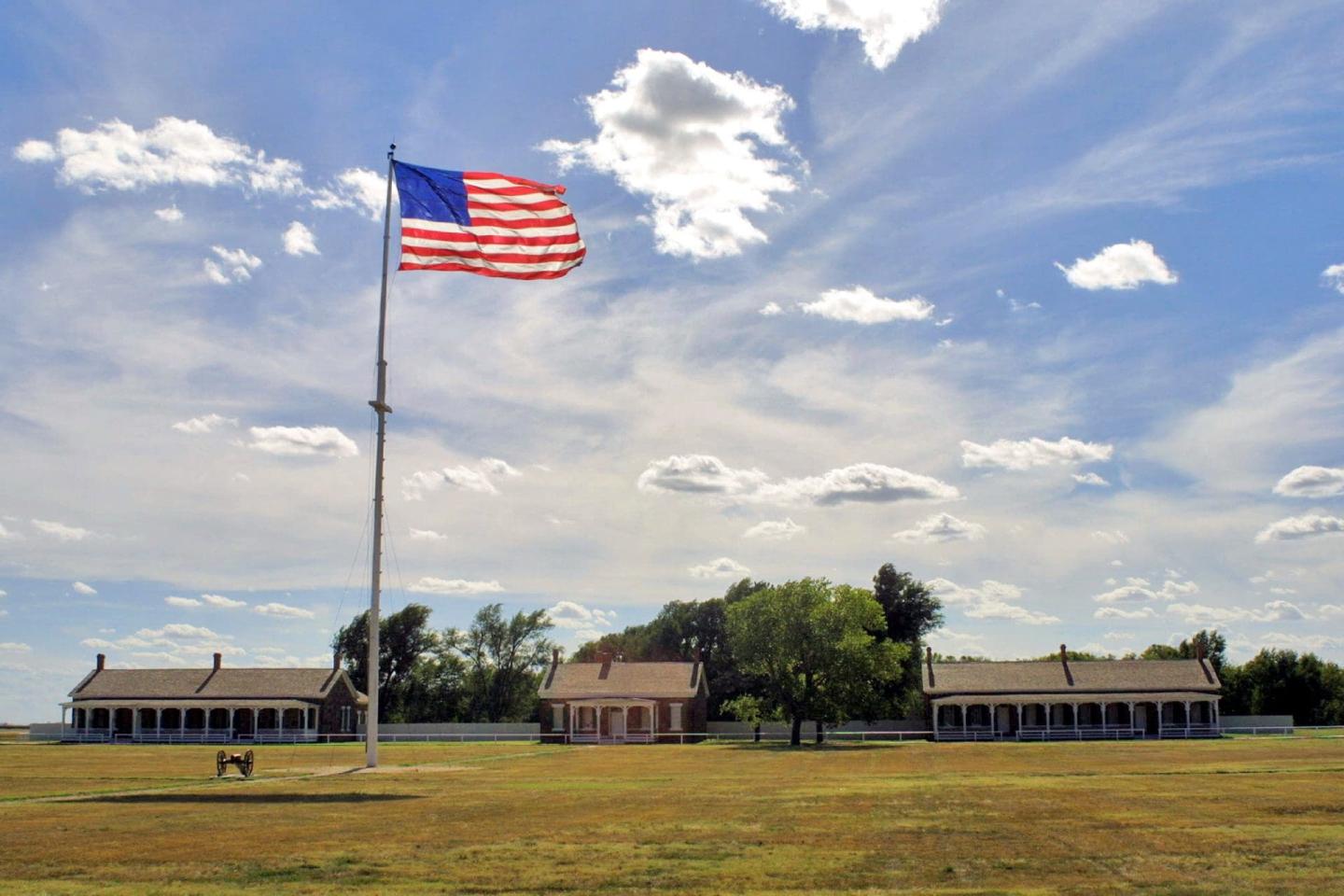
A trail of many stories
The trail tells many stories: Indigenous people's struggle and resilience as they defended their homelands; economic and diplomatic relationships between multiple nations; the US-Mexico War that would result in a dramatic border shift; and the story of a nation erupting into Civil War over the fight to end slavery.
Above all, the trails tells the stories of people—people traveling together in both peace and conflict along a route that would dramatically influence the fate of the nation.
Park road trip anyone?
Don't miss these hidden gems along your way.
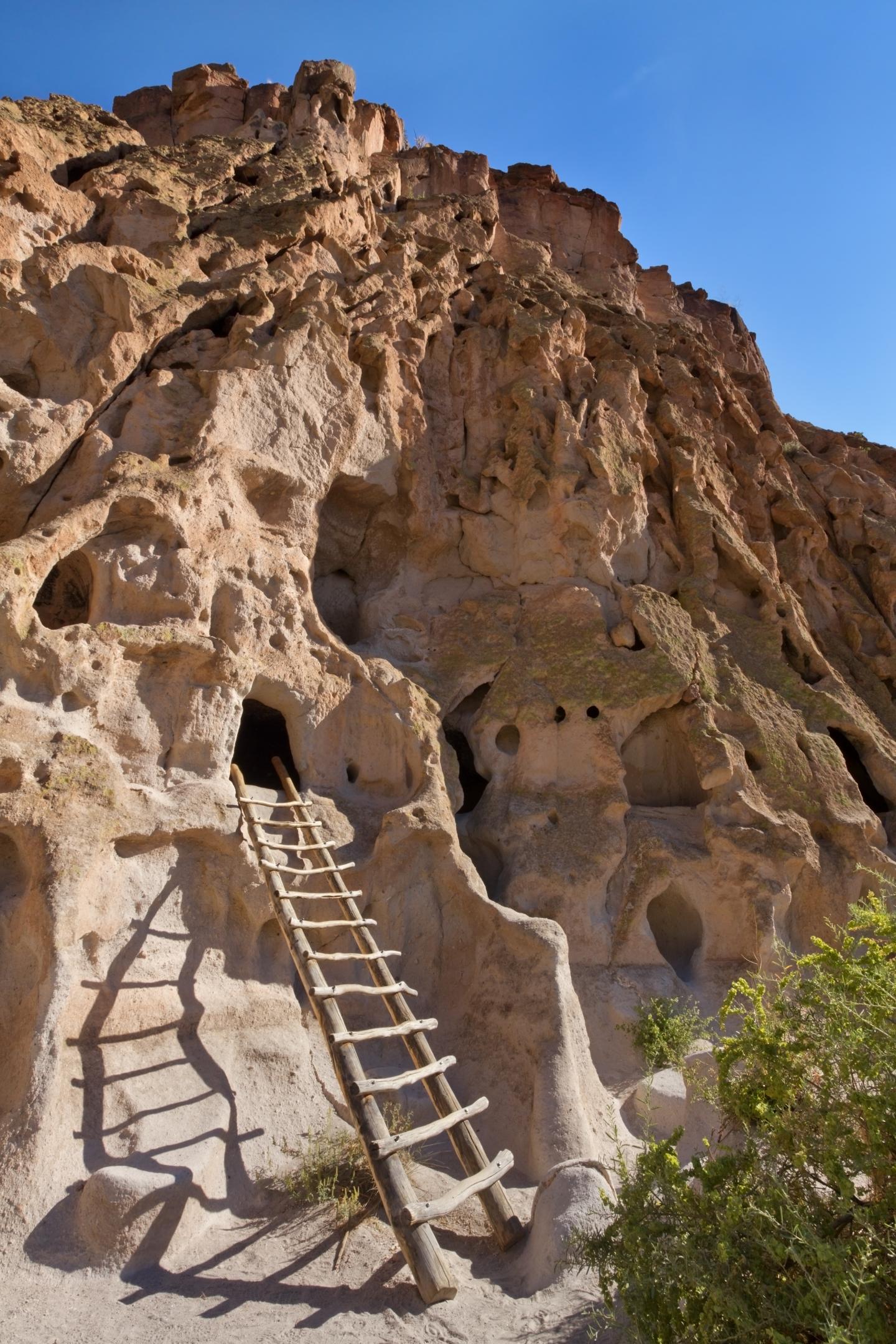
Bandelier
While there may not be a direct connection between Bandelier National Monument and the trail, this special place is simply too close to Santa Fe not to consider adding to your trip.
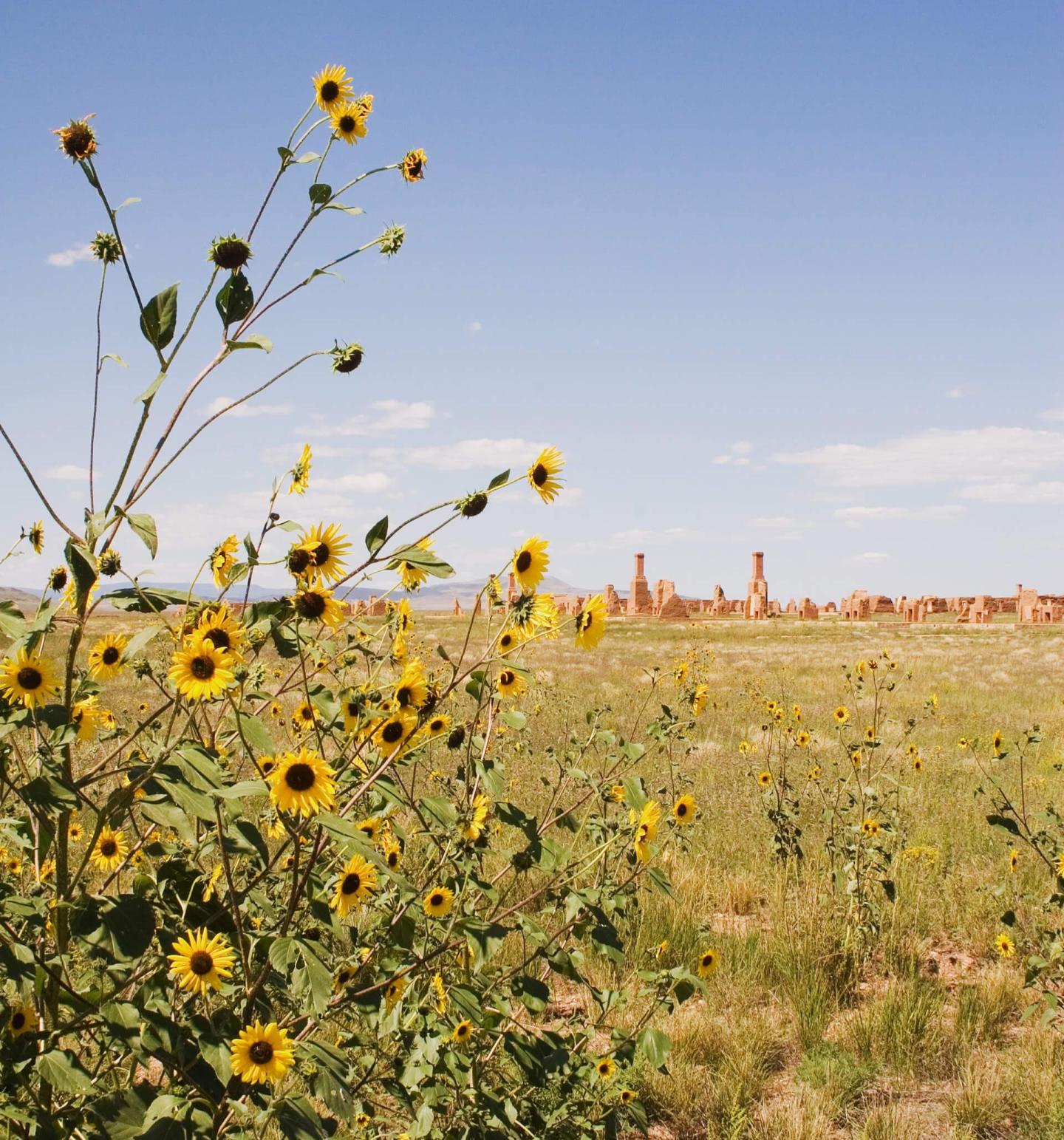
Fort Union
This International Dark Sky Park is both beautiful and illuminating to explore, before and after dark. Learn about the park's involvement in the Civil War.
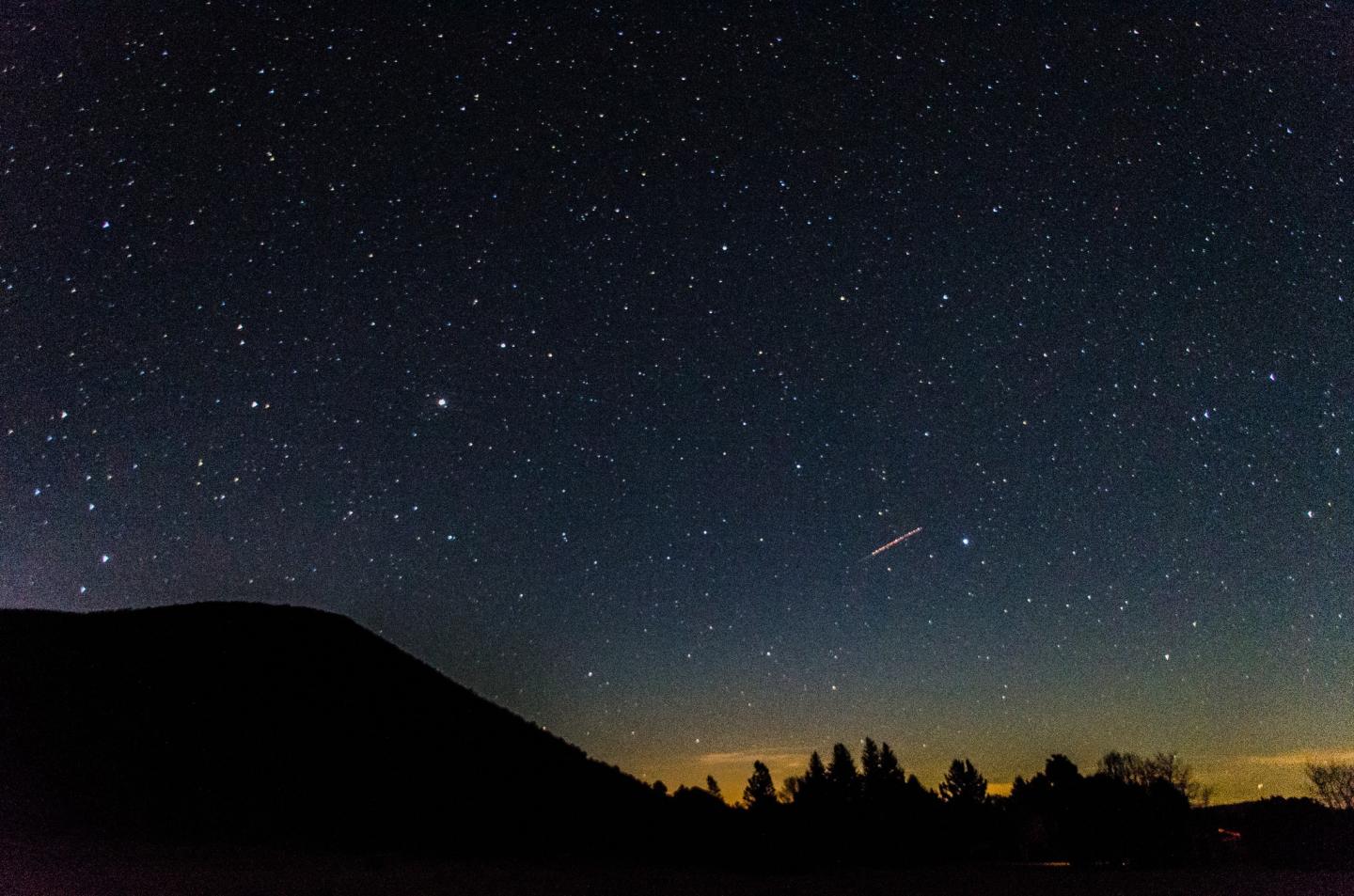
Capulin Volcano
During the US-Mexico war, the original trail routes were abandoned for the Granada-Fort Union Military Freight Route, which passed directly south and east of Capulin Volcano's base.
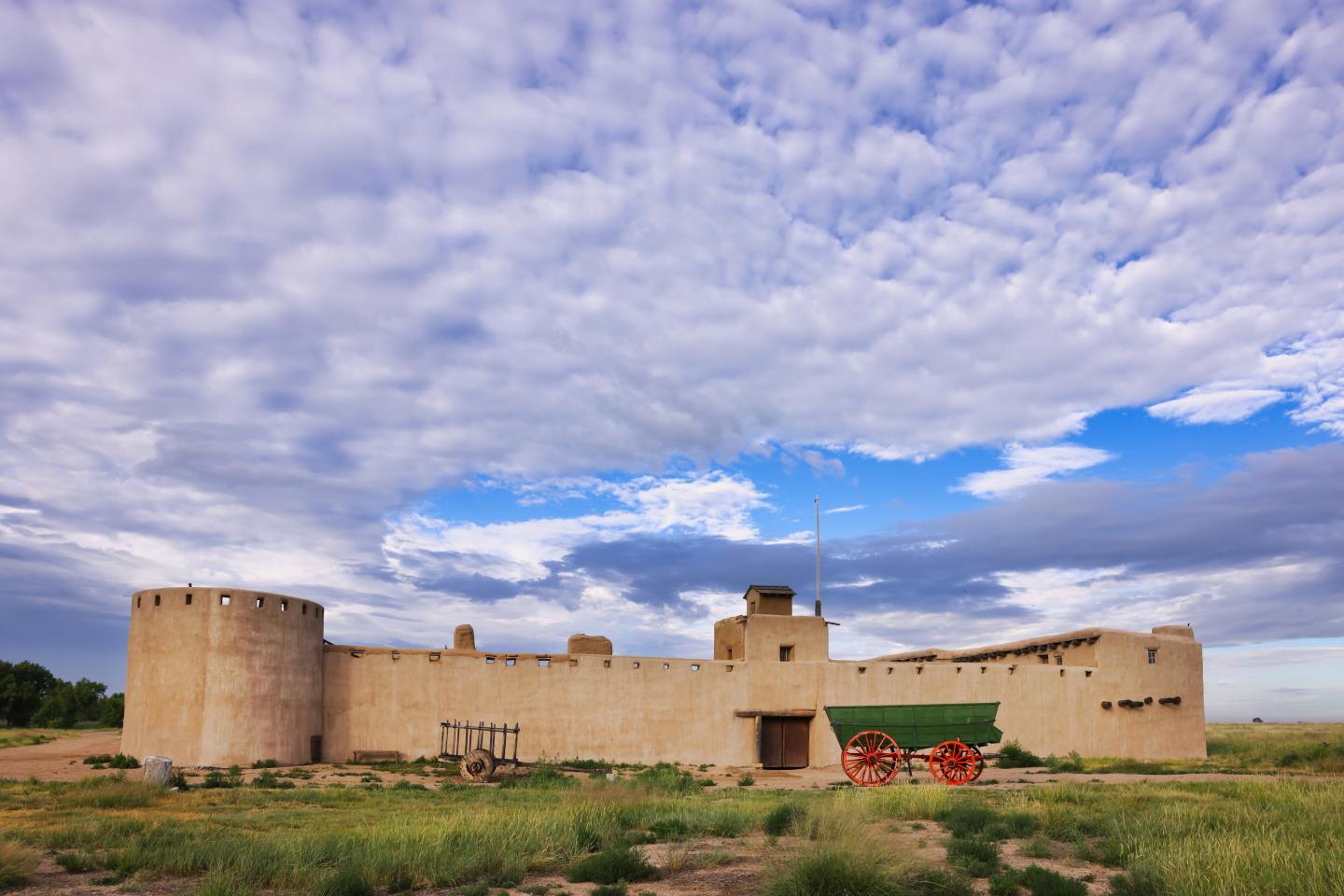
Bent's Old Fort
Step inside a reconstructed 1830s adobe fort once central to trade with Cheyenne and Arapaho people.
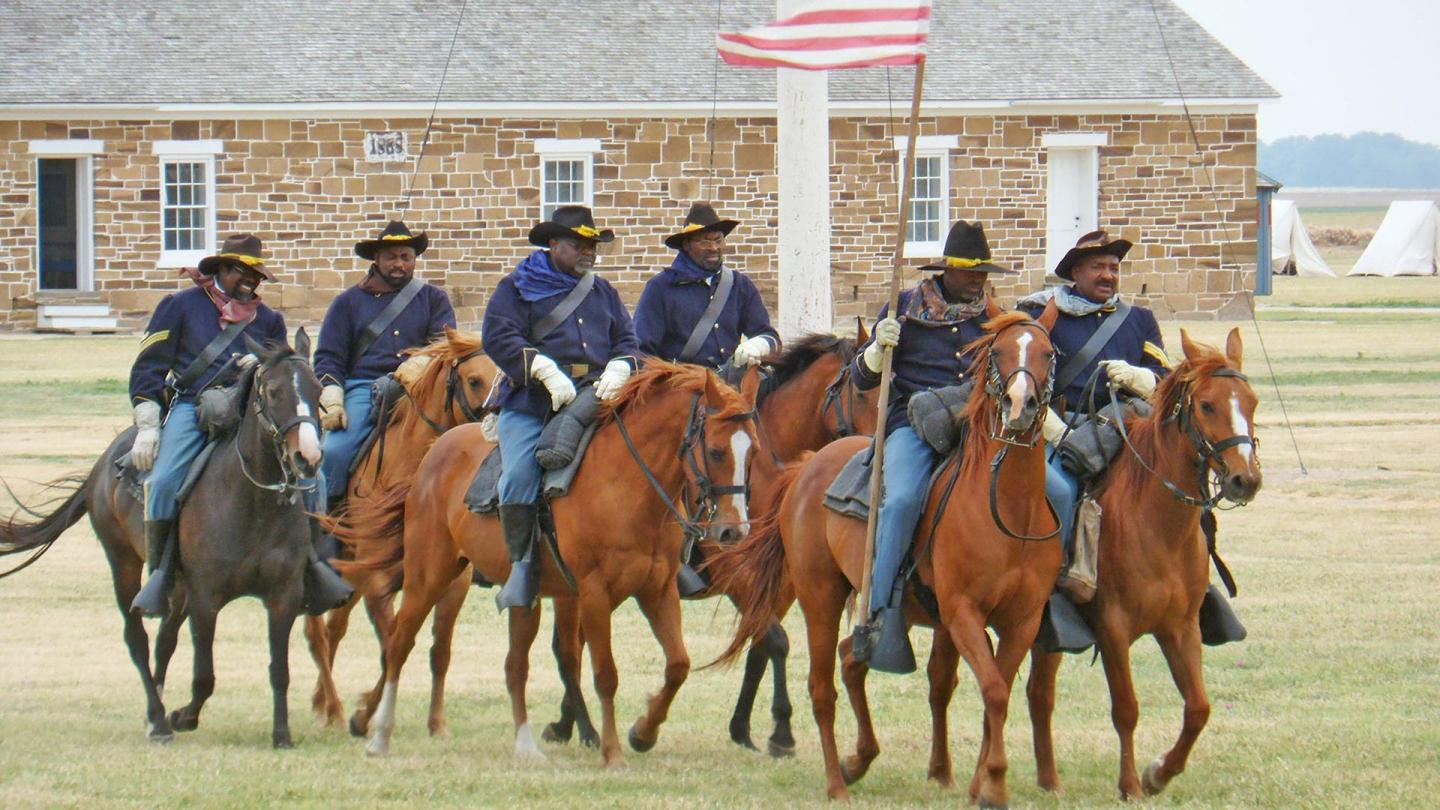
Fort Larned
Attend lively ranger talks and living‑history events that bring the trail’s past to life. Learn about the formation of the 9th and 10th cavalry, the first all-black regiments in the US military.
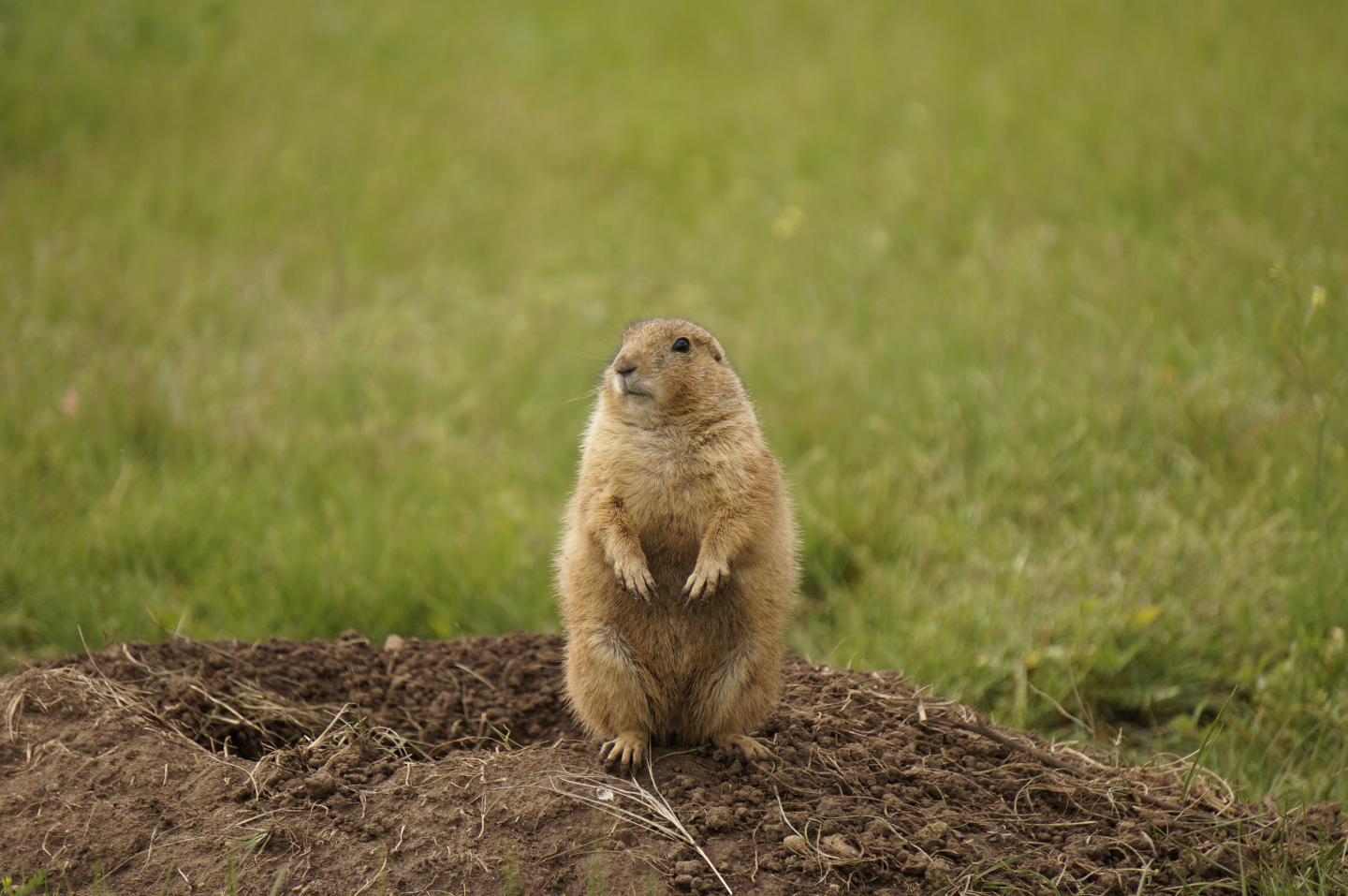
Watch out for wildlife
As you travel the Santa Fe National Historic Trail, keep an eye out—not just for wagon ruts and historic landmarks, but also for the resilient wildlife that call these landscapes home. The trail stretches across plains, foothills, rivers, and mesas, offering a surprising diversity of habitats.
Take a walk on the wild side
On the Kansas prairies near Council Grove or Fort Larned, you might spot white-tailed deer, wild turkeys, or red-tailed hawks soaring overhead. In the early mornings or evenings, listen for the song of western meadowlarks or the yip of coyotes in the distance.
As you cross into Colorado and northern New Mexico, the terrain changes—and so do the species. In these higher elevations and juniper-studded hills, mule deer and elk are common, while black bears and mountain lions roam the more remote canyons. Near Bent’s Old Fort, you might glimpse prairie dogs, great blue herons, or even beavers along the Arkansas River.
Birders in particular will enjoy the trail’s mix of grassland and riparian habitats—watch for colorful western tanagers, northern harriers, and migrating sandhill cranes depending on the season.
While wildlife viewing opportunities abound, remember to observe animals from a safe distance and respect their space. Bring binoculars, stay on marked trails, and pack out everything you pack in. The Santa Fe Trail isn’t just a historic route—it’s a living corridor where nature and history meet.
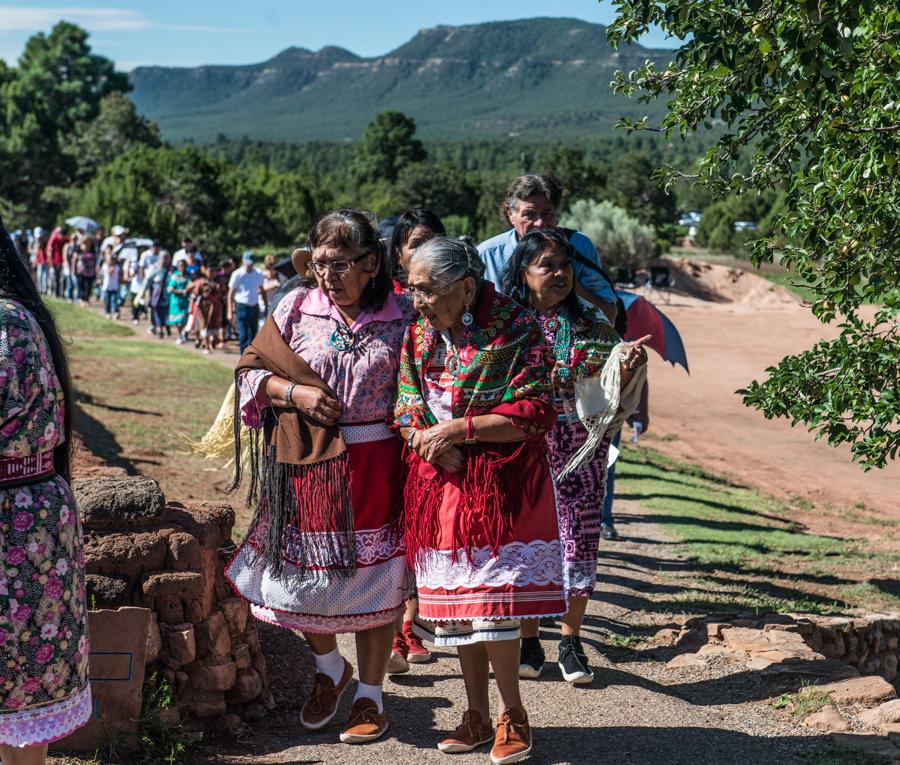
Indigenous heritage along the trail
Long before it became a trade route between Missouri and New Mexico, the land that became the Santa Fe Trail was home to Indigenous peoples for thousands of years. The trail cuts across the homelands of many Native nations, including the Osage, Kaw (Kanza), Comanche, Kiowa, Cheyenne, Arapaho, Apache, Ute, and Pueblo peoples, among others. For these communities, the trail wasn’t just a corridor of travel—it was (and remains) a place of cultural connection, seasonal migration, hunting, trade, and ceremony. The establishment of the Santa Fe Trail brought new goods—and also profound disruption. It altered ecosystems, shifted power dynamics, and introduced waves of settlers through traditional territories.
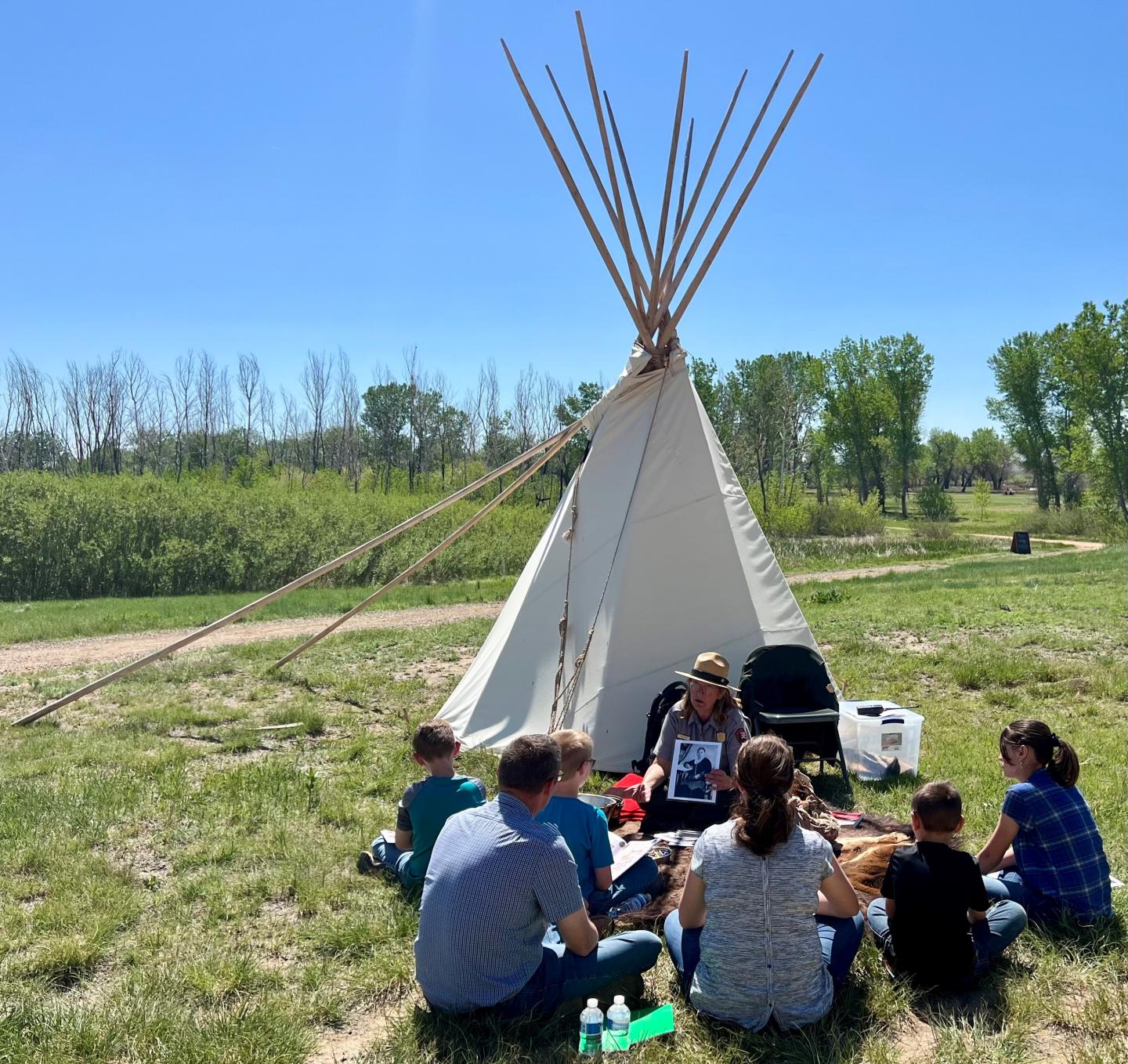
Know before you go
Today, many trail sites honor Indigenous voices through interpretive exhibits, oral histories, and tribal-led programs. At places like Fort Union National Monument and Bent’s Old Fort, you can learn about the complex relationships between traders and tribes—ranging from partnership to conflict—and about the vital role Native people played in shaping the economies and cultures of the Southwest.
As you explore the trail, remember that this is still Indigenous land. Tribes along the route continue to steward their histories, languages, and traditions. Visiting with curiosity and respect helps ensure that the trail is recognized not only as a story of commerce and expansion, but as a shared landscape layered with memory, meaning, and resilience.
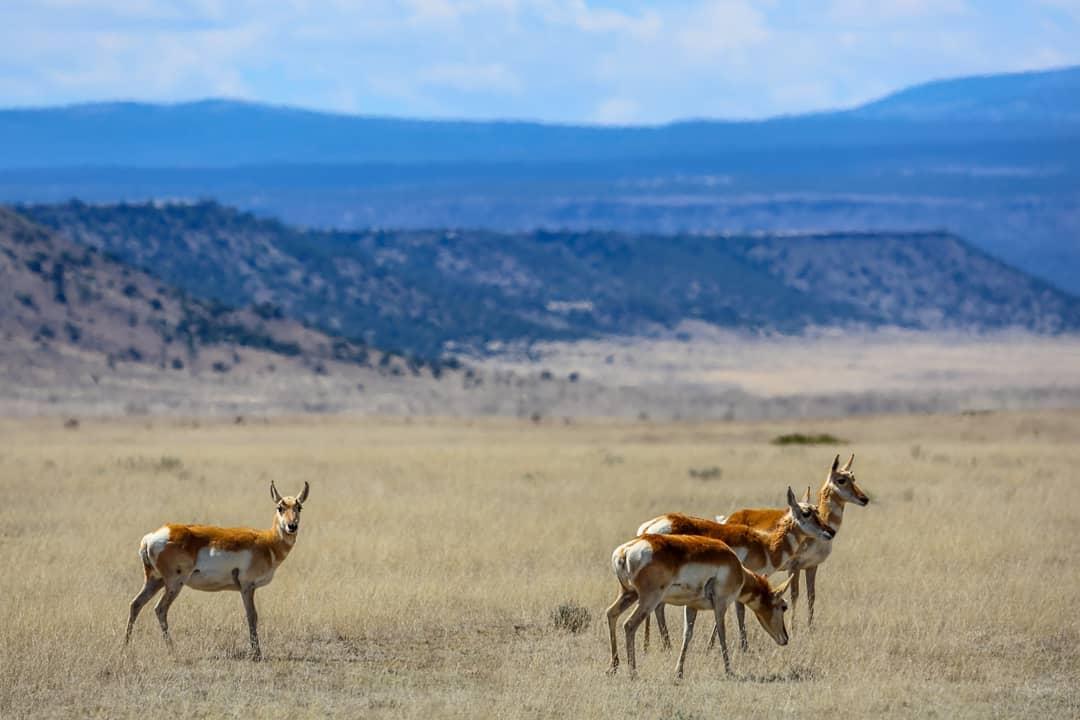
- Follow regulations. Seasonal closures and other regulations are implemented for visitor safety and for the protection of natural and cultural resources. Please do your part to protect others and the trail's precious resources.
- Pets are welcome along many parts of the trail, but not all, and must be kept on a leash and cleaned up after at all times.
- Keep a safe distance between you and any animals you may encounter to keep wildlife wild.
Most importantly, be sure to plan ahead and check with the individual sites you plan to visit.
Head out for adventure
Packing List
We recommend bringing the following items on your trip along the Santa Fe National Historic Trail:
- Sun protection items such as sunscreen, sunglasses, and a wide-brimmed hat.
- Plenty of snacks and water. Bring at least one gallon of water per person, especially when hiking.
- Layers to stay comfortable on cool evenings.
- Sturdy, closed-toed shoes on hikes or rougher terrain.
- Your favorite hiking map or app.
Before you head out, download the NPS app to access information on current conditions, trails, and safety tips to help you prepare for your journey into the dunes and beyond.
Remember to check weather conditions and alerts at nps.gov, pack appropriately, and respect the natural environment and cultural resources to ensure a safe and enjoyable trip. Start planning your trip today!






